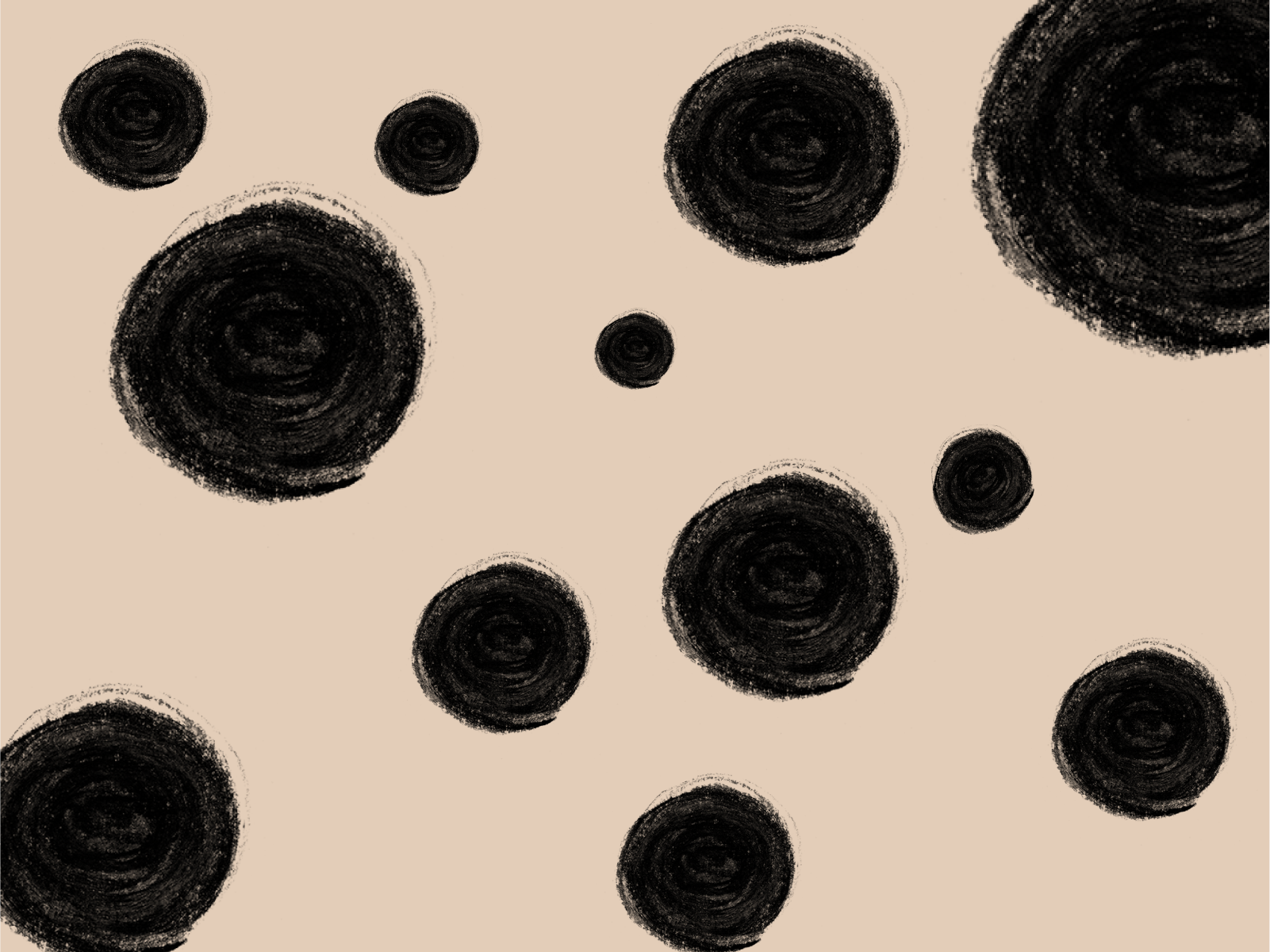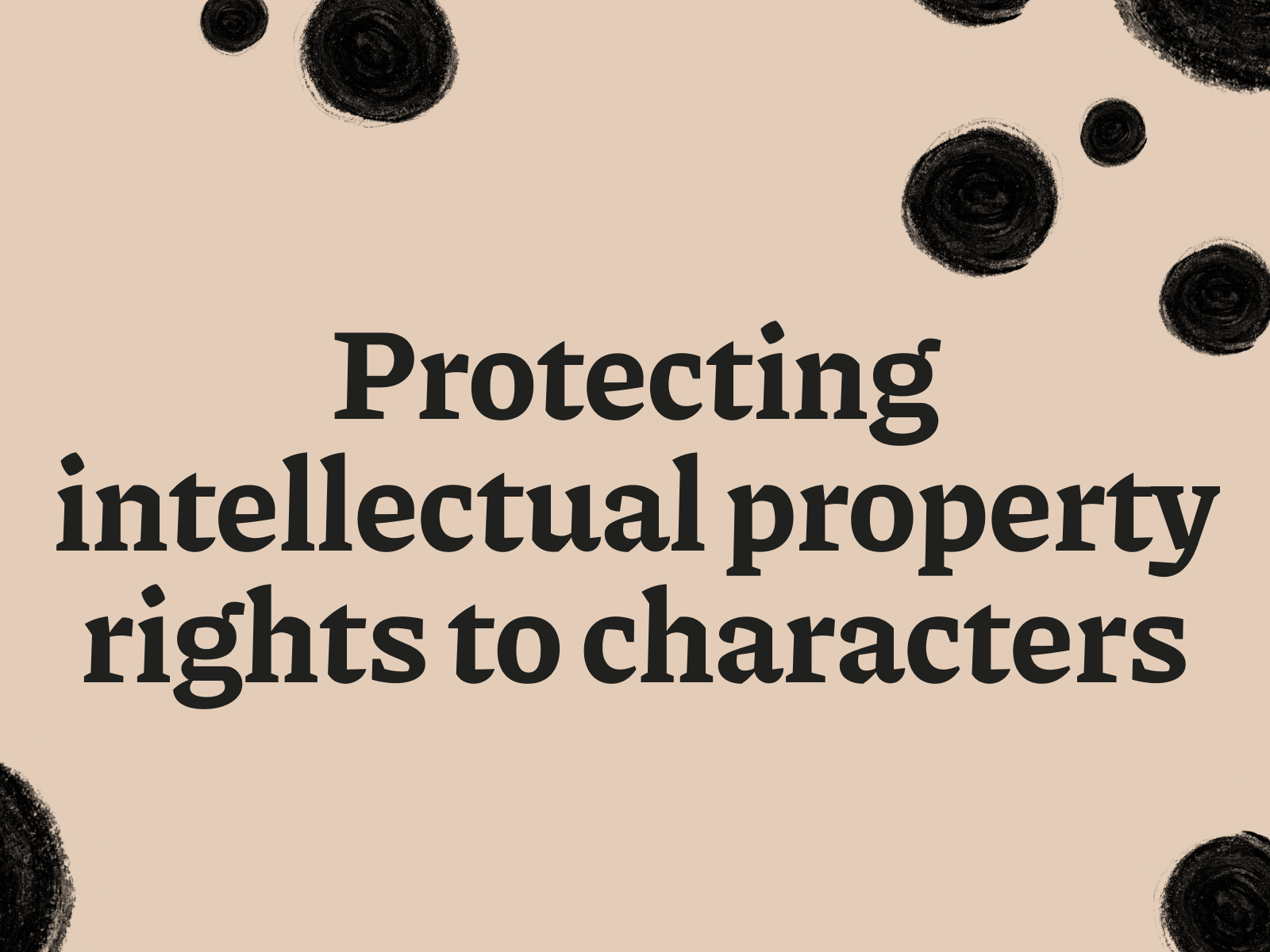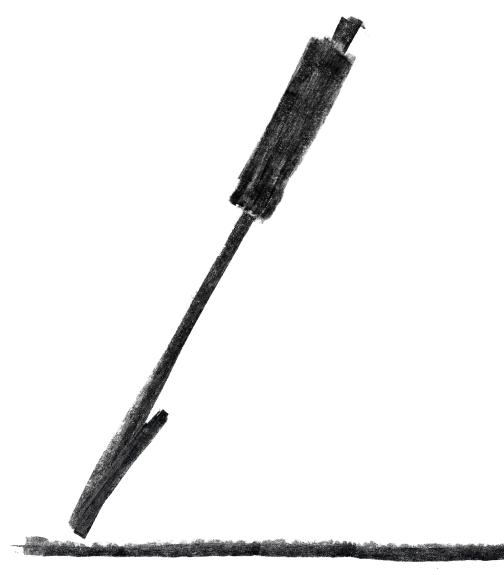Introduction
In today’s world of intellectual propertythe concept of an industrial design and conditions for its patentability occupy a key place in the protection of innovation and design. An industrial design, being the result of creative activity in the field of industry and art, requires a thorough understanding of the criteria and procedures for its protection. In order to register an industrial design and get a certificate is necessary to meet a number of conditions that guarantee the uniqueness and novelty of the creation. This text will provide a comprehensive overview of patentability conditions, the registration process and the importance of legal services in securing the protection of industrial design rights.
The main criteria for patentability
The patentability of an industrial design is determined by several key criteria that are necessary for successful registration and obtaining exclusive rights. Understanding these criteria is critical for developers and designers seeking to protect their innovations in the marketplace.
The main criterion for patentability is the novelty and originality of the design. The industrial design must differ from all previously known analogues. This requires careful market research and existing publications to ensure that the proposed design is unique. Novelty implies that before the filing of applications for an industrial design similar design has not been published or presented to the public in any form. Originality lies in the specific features of the appearance of the product, which make it recognizable and different from other products.
Industrial application means that the design can be used in the production of goods in mass demand. This means that the design is not only unique and new but also practical for implementation within existing technological processes. The industrial application ensures that the industrial design certificate will contribute to innovation in production and not remain only a theoretical concept.
Prohibitory factors are circumstances under which a design cannot be patented even if there is novelty and industrial applicability. These include designs that may violate public order, and morality or contain elements that are offensive to the public. It is important to make sure in advance that your design does not contain such elements in order to avoid patent rejection.
Thus, a detailed understanding of patentability criteria and a competent approach to the application process are key factors in successfully obtaining an industrial design certificate. Moving on to the next section on the process of registration and obtaining a certificate will allow us to delve even deeper into the topic of intellectual property protection.
The process of registration and obtaining a certificate for an industrial design
Obtaining a certificate of industrial design is a multi-step process that requires attention to detail and strict adherence to procedures. The certificate grants exclusive rights to the design and protects it from unauthorized use. In this section, we will cover the key steps required to successfully register and obtain your certificate.
The first and perhaps the most important stage is the preparation and submission of an application for an industrial design. This process includes a detailed description of the design, including drawings and images, as well as an indication of authorship and potential use of the sample. It is important to ensure that all materials clearly demonstrate the unique features of your design and meet the patentability criteria.
After submitting an application, the patent office conducts a thorough examination of documents for compliance with patentability criteria. This process includes an analysis of the novelty, originality and industrial applicability of the proposed design. It is important that at this stage additional communication with the patent office and possible adjustments to the application may be required.
After successful completion of all inspections, the patent office makes a decision to issue a certificate. Obtaining a certificate is confirmation that your industrial design is protected from illegal copying and use. This document is the legal basis for protecting your rights in case of disputes or violations.
The entire process of obtaining a certificate requires both a deep understanding of legislation and professional support. The high-quality legal services of Polikarpov Law Firm can provide invaluable assistance at every stage, from the preparation of documentation to communication with the patent office. Experienced lawyers will help you avoid typical mistakes and significantly speed up the process of obtaining a certificate.
Obtaining a certificate for industrial design is an important stage for the protection of intellectual property and requires a careful approach. Next, we will consider what objects are industrial designs, and how this definition affects the patenting process.
What can an industrial design protect?
The concept of industrial design covers a wide range of products, distinguished by the uniqueness of design, shape, colour or ornament. These elements make products attractive to consumers and distinguish them from competitors. Industrial samples include not only household items, clothing and accessories, but also more complex engineering and architectural solutions. It is important to understand that the protection of intellectual property concerns both the functionality of the product and its appearance.
Types of products:
- Household items and devices – from furniture and decorative interior elements to kitchen appliances and electronics.
- Clothing and accessories – unique cuts, patterns and design solutions in the fashion industry.
- Industrial equipment and tools – specific shapes and designs that improve functionality or ease of use.
- Packaging of goods – innovative packaging design, which promotes brand recognition and attractiveness of products on the shelf.
- Graphical user interfaces – design elements of software, including mobile applications and websites, which can be protected as industrial designs if they have unique visual characteristics.
Design protection through industrial design patenting is not just a legal formality. It is a strategic tool that allows creators and companies to maintain the exclusivity of their innovations, providing commercial advantage and protection against imitation. Registration of an industrial design gives the right to exclusive use of the design, preventing its copying and distribution without the permission of the author.
In order to register an industrial design, the author must submit an application to the relevant patent office, providing a complete package of documents, including images and a description of the design. The evaluation process of the application includes a check for compliance with the criteria of novelty and originality, after which a certificate confirming the rights to the design may be issued.
Legal aspects and services in patenting industrial designs
Patenting of industrial designs is the main element of the intellectual property protection strategy. This requires not only a deep knowledge of design and innovation but also an understanding of legal processes. In this section, we will highlight how quality legal services and legal advice can play a critical role in successful industrial design patenting.
Patenting of an industrial design is a complex process that begins with the submission of an application and ends with the receipt of a certificate. In this process, various legal issues may arise regarding the compliance of the product with the criteria for patentability, the correctness of the documentation and the protection of rights in case of infringements. Quality legal services will help not only to complete the application correctly but also to submit the interests of the author to the patent office, as well as to protect his rights in court if necessary.
One of the key tasks of legal support is the prevention of risks associated with the violation of intellectual property rights. This includes checking the design for novelty and originality, analyzing potential claims from third parties and preparing a reasoned defence in case of disputed situations. Urgent legal advice may be necessary in cases where it is necessary to quickly resolve the issues that have arisen or to challenge the illegal actions of competitors.
Professional intellectual property lawyers at Polikarpov Law Firm can significantly streamline patenting. They will help to avoid typical errors in the documentation, speed up the application review procedure and increase the chances of successfully obtaining a certificate. In addition, a properly executed certificate is a reliable tool for attracting investment and commercializing an invention.
Legal support is important both at the stage of obtaining a certificate and in the development of a long-term strategy for the protection of intellectual property. This includes market monitoring for infringements, preparation and implementation of rights protection measures, as well as advice on licensing and transfer of design rights.
High-quality legal services and prompt consultation play a key role in the protection of industrial design rights. They ensure not only successful certification but also long-term intellectual property protection, contributing to sustainable development and commercial success.
Conclusions
Intellectual property protection in the form of industrial designs plays a critical role in today’s economy, providing authors with exclusive rights to their creative achievements and innovations. Understanding the criteria for the patentability of an industrial design, the registration process and the importance of legal support are key to successful design protection and commercialization. Application for industrial design, its registration and obtaining a certificate requires not only a creative approach to design but also careful compliance with legal procedures.
We have considered how industrial samples include a wide range of products, from household goods to high-tech equipment, and emphasized the importance of patenting to protect these products from illegal copying. The importance of applying for urgent legal advice and usage of quality legal services cannot be underestimated, as they provide reliable protection of industrial design rights.
Protecting an industrial design through patenting is not just a legal necessity, but also a strategic decision that allows you to develop business and support innovation. Successful application of this tool requires a deep understanding of both creative and legal aspects, which makes the patenting process an essential element of intellectual property protection in today’s world.
What are the waiting times and stages for a decision on a patent application, and is there a possibility of an accelerated procedure?
Formal examination on an application may take a minimum of six months.
Average timeframe for review and decision on registration: 1.5-2 years.
There is now no accelerated registration procedure for all intellectual property.
How is the level required for an industrial design to be recognised as patentable determined?
Legal protection shall be granted to an industrial design which does not contravene public policy, generally recognised principles of morality and meets the criteria of protectability.
An industrial design meets the criteria for protectability if it is new and has an individual character.
An industrial design which is applied or embodied in an article forming an integral part of a composite article shall be recognised as new and having individual character if the component part included in the composite article remains visible in the normal use of the composite article and the visible features of the component part of the composite article meet the requirements of novelty and individual character.
An industrial design shall be recognised as new if no identical design has been made available to the public concerning:
registered industrial design – until the date of filing of the application with the registration authority or, if priority is claimed, until the date of its priority;
unregistered industrial design – until the date on which the industrial design in respect of which protection is required was first made available to the public.
Industrial designs are considered identical if their essential features differ only in minor details.
In the process of establishing the novelty of an industrial design, any information which became publicly available before the filing date of the application and, if priority is claimed, before the priority date shall be taken into account, including the content of all applications previously received by the registration authority, except for those which, as of the said date, are considered withdrawn, revoked or for which the registration authority has taken a decision to refuse state registration of the industrial design and the possibilities of appealing against such decisions have been exhausted.
Information disclosed to a third party under an explicit or implicit condition of confidentiality shall not be considered publicly available.
An industrial design is recognised as having individual character if the overall impression it gives to an informed user differs from the overall impression given to such a user by any other industrial design communicated to the public concerning:
- registered industrial design – until the date of filing of the application with the registration authority or, if priority is claimed, until the date of its priority;
- unregistered industrial design – until the date on which the industrial design in respect of which protection is required was first made available to the public.
In order to assess individual character, the degree of freedom of the creator in creating the design is taken into account.
A registered industrial design shall be deemed to have been made available to the public if it has been published as a result of state registration or on other grounds, or has been exhibited at an exhibition, used in trade or otherwise made public, except where such events could not have become known in the ordinary course of business in circles specialising in the relevant field and carrying on business in the territory of Ukraine, prior to the date of filing of the application with the registration authority, or
At the same time, the Ukrainian registration authority does not carry out substantive examination of the industrial design. That is, the registration authority does not check whether the industrial design meets the novelty criteria and the like. However, if your industrial design does not meet such criteria, the registration certificate may be invalidated by a court of law
What subject matter may be recognised as patentable under a design,
An industrial design is the result of intellectual, creative human activity in the field of artistic design.
The legislation does not contain a clear list of objects which may be recognised as industrial designs.
At the same time, are not recognised as industrial designs:
- unstable objects made of liquid, gaseous, loose or similar substances and the like;
- the result of intellectual, creative activity in the field of artistic design, embodied or applied in a product that is part of a composite product and is invisible during the normal use of the product. The normal use of the product is the use of the product by the end user, and the logistical support, maintenance or repair of the product is not considered normal use;
- features of the product’s appearance that are solely attributable to its technical functions;
- indications of the appearance of a product, the size and shape of which must be accurately reproduced in order for one product to be mechanically connected to another product or to be positioned in, around or opposite another product in such a way that each product can fulfil its function;
A design may be the appearance of an article or part thereof, which is defined in particular by the lines, contours, colour, shape, texture and/or material of the article, and/or the finish thereof.
The object of an industrial design may be a shape, drawing or colouring, or a combination thereof, which determines the appearance of an industrial product and is intended to satisfy aesthetic and ergonomic needs. An industrial design may be: the design of a label, the shape of a bottle or other packaging, the shape of a piece of furniture, a model of clothing or footwear, the appearance of vehicles, etc.
Are there restrictions on the types of products?
There are no specific restrictions on the types of products that can be registered as a design.
However, there are a number of limitations as to the properties of such products, in particular, they are not recognised as industrial designs:
- unstable objects made of liquid, gaseous, loose or similar substances and the like;
- the result of intellectual, creative activity in the field of artistic design, embodied or applied in a product that is part of a composite product and is invisible during the normal use of the product. The normal use of the product is the use of the product by the end user, and the logistical support, maintenance or repair of the product is not considered normal use;
- features of the product’s appearance that are solely due to its technical functions;
- indications of the appearance of a product, the size and shape of which must be accurately reproduced in order for one product to be mechanically connected to another product or to be positioned in, around or opposite another product in such a way that each product can fulfil its function;
What are the requirements for images or description of a design when applying for a patent?
The application for registration of an industrial design shall be drawn up in the Ukrainian language and should contain:
- application for state registration of an industrial design;
- a set of images of the product (of the product itself or in the form of its layout or drawing), giving a complete picture of its appearance;
- description of the industrial design;
- drawing, diagram, map (if necessary).
It is important that the scope of legal protection of an industrial design is determined precisely by its image, which is submitted for registration.
A set of images of the product (of the product itself or in the form of its layout or drawing) must give a complete picture of the appearance of the product.
In particular, the set of images of the three-dimensional product may include an overall view of the product, front views, left views, right views, back views, top views, bottom views, and images of portions of the product, etc.
For a two-dimensional product, it is usually sufficient to cite a single image.
A set of images of a product with a repeating pattern must contain a separate image of that pattern.
A set of images of a product that can be transformed (dissolved, folded, etc.), such as a refrigerator, hoover, food processor, etc., shall contain a separate image of such product in transformed form.
The set of images of the set (set) of articles shall contain images of the general view of the set (set) and images of the required views of each article included in the set (set).If it is technically impossible to present the general view of the set (kit) in a single image, the set of images of the set (kit) shall contain images of the fragments of the set (kit), the totality of which gives a complete picture of the general view of the set (kit).
Images of the product, one of the essential features of which is colour, are given in colour. Otherwise, images of the product are shown only in black and white.
Images of the product must be clear and crisp. The product shall be depicted in its entirety under uniform lighting on a neutral background, usually without foreign objects. Individual details of the product must be clearly visible not only on the illuminated side, but also on the shadow side.
The description of the industrial design shall contain the following sections:
- name of the industrial design;
(The name of the industrial design should characterise its purpose, reflect its essence and, if possible, correspond to a certain rubric of the International Classification of Industrial Designs) - surname, initials of the author of the industrial design;
- purpose and field of application of the industrial design;
(The section “Purpose field of application of the industrial design” it is reasonable to start with the following words: “The appearance of the product is declared, intended for ….”.Further in the text it is disclosed in which branch industry or other sphere of activity the declared product will be used with indication of its functional purpose. If necessary, the objects (systems) with which the product is used shall be specified in the same section). - list of images, drawings and schemes, diagrams and maps;
(In the section “List of images, drawings and schemes” the list of images, which are in the materials of the application, as well as drawings and schemes in accordance with their numbering is given.) the essence and essential features of the industrial design.(The essence of the industrial design is characterised by the totality of its essential features reflected in the images, which determine the appearance of the product with its aesthetic and/or ergonomic features. A feature is considered essential if it influences the formation of the appearance of the product to which the feature is inherent).






